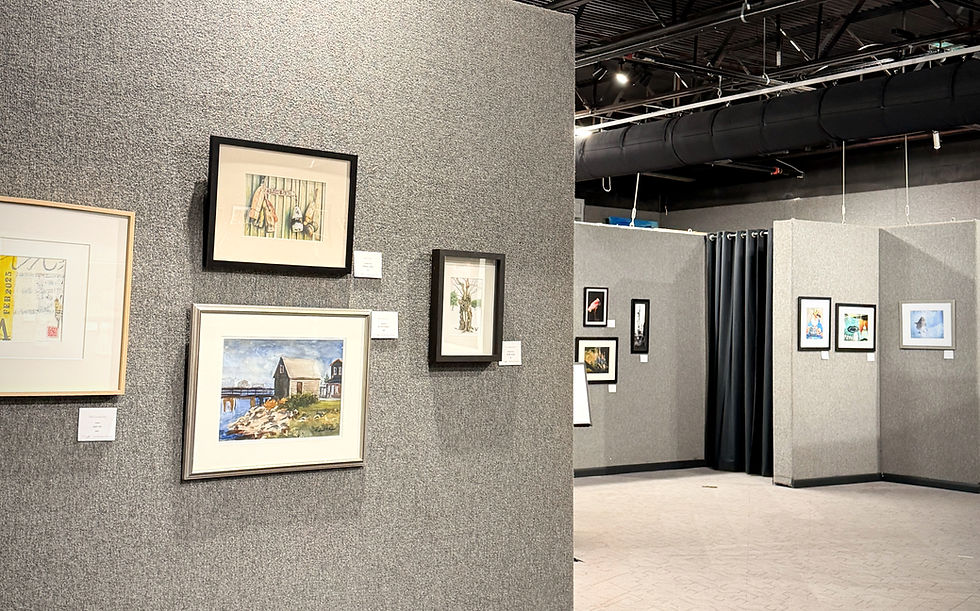World of Reminagination
- IV Horn
- Jul 30
- 3 min read
There’s a singular moment—a pause—when you learn that your favorite film is about to be remade, reimagined, and/or getting a sequel in a different decade. Even when the intruder is only a spiritual successor within the same IP family, it’s a feeling that’s hard to name: it might arrive as dread, as defensiveness, as anticipation, sometimes all three at once.
Of course, the original doesn’t vanish when a remake appears. The copy on your shelf, the lines you know by heart, the comfort scene incapable of tarnish, none of these are erased by a new adaptation, no matter how aggressive the marketing campaign. And yet, something always feels at stake. The passion, the temporary theatre, and the acceptance are all part of it, part of what it means to be a person who loves the movies.

Right now, a new version of “The Blob” (1958) is in preproduction. “Scarface” (1983), already a remake with a legacy of its own, is rumored to be in the process of being reimagined once again. “The Wild Bunch” (1969), “Planes, Trains and Automobiles” (1987), “Spy Kids” (2001), “Cry-Baby” (1990), and “Lord of the Flies” (1963) are all potentially being reworked or reexamined. These are only a few, and, as always, there are bound to be “winners and losers.” The exciting part—the best part—will be the ripples made by anyone: first chances in the second attempt, an interpretation closer to the original spirit of adapted material, new technology, or by the voices heard from behind the camera.
The 1992 film adaptation of Clive Barker’s short story “The Forbidden,” retitled “Candyman,” was directed by Bernard Rose, attached muscle and flesh to story bone, weaving horror in and out of reality, a building, an urban legend, and the understanding of “urban” by someone who can leave at any time. While Barker’s original story explored the British class system in contemporary Liverpool, Rose reimagined it in the context of Cabrini-Green, a public housing development in Chicago, shifting the focus to race and social class in inner-city America.
Starring Tony Todd, Virginia Madsen, Kasi Lemmons, Vanessa Estelle Williams, and Xander Berkeley, with a Philip Glass score that is nothing short of heart-stopping, the film caused me to acknowledge, and to work to understand, the ways privilege informed my experience and how that experience affected what I didn’t or did see on the screen. I’d realize later what I didn’t see in this movie I loved: I didn’t watch the creative control of people whose experiences this film was based upon. In 2021, a reboot directed by Nia DaCosta made cinematic history. Nia DaCosta became the first Black female filmmaker to debut a film at number one at the domestic box office.

“It was something that we talked about because it happened at the projects behind my elementary school,” the director said. “So, for me growing up, Candyman was real. He wasn’t coming from a movie.” She explains in a New York Times article titled “Candyman’ and the Power of Terrifying Legends.” DaCosta also co-wrote the reboot, dubbed a “spiritual sequel,” with Jordan Peele and Win Rosenfeld. It was what will always prove to me that a reboot, remake, or reimagining can be done right.
I do not suppose, when I say that film success is connected to who gets to reimagine the remake. The other variables fill features on other pages, but the point in this one is that a bee sting is sometimes worth the figurative taste of honey.
Sweets to the sweet, but for the sour as well.
We’ve got an interesting couple of years ahead.





